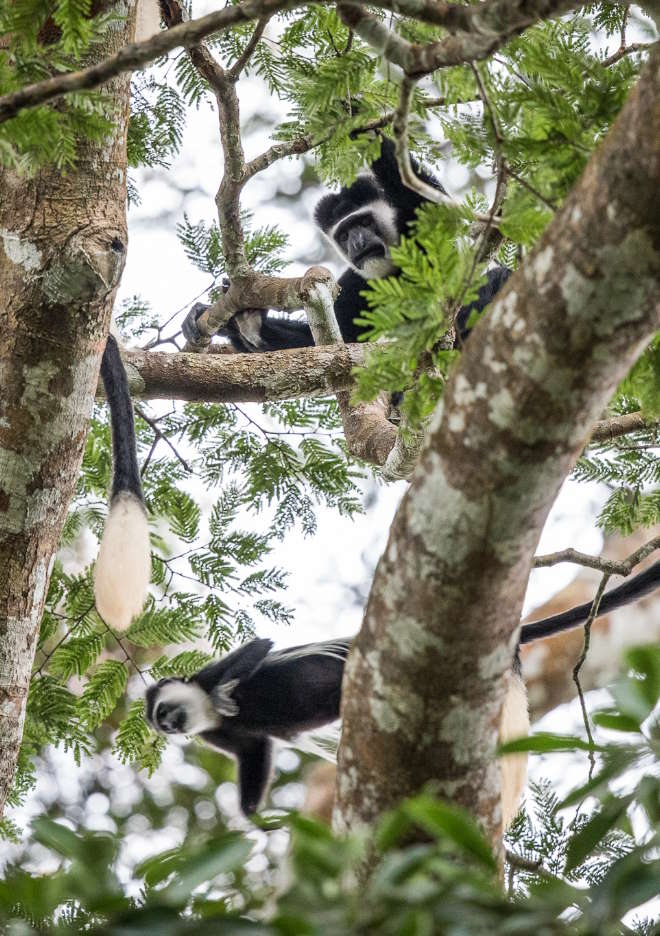Impact
Global area of high integrity forests
Total global carbon stocks of high integrity forests
Of high integrity forests overlap with Indigenous Lands
A New Finance Mechanism to Scale the Conservation of High Integrity Tropical Forests.
The High Integrity Forest Investment Initiative (HIFOR) is a new finance mechanism for the conservation of high integrity tropical forests – i.e., those that are largely undegraded. HIFOR may be considered finance for “preventive care” for healthy forests. It is distinct from forms of forest finance like REDD+, designed as “urgent care” for funding forests already suffering substantial deforestation and degradation or, at a minimum, imminently threatened. Both urgent and preventive care are needed along with “remedial care,” i.e., forest restoration.
High-integrity tropical forests keep the Earth at least 0.5°C cooler than it would be without them. That difference, for example, between 1.5 °C and 2 °C of global warming, has an estimated impact on the global economy in the trillions of dollars. However, the value of forests that provide cooling is currently priced at zero.
Investments in HIFOR directly support tropical forest conservation and help maintain the critical biodiversity and ecosystem services they provide.
Pilot projects begin with stakeholder consultations to ensure that all relevant parties are involved in project development from the outset. Ensuring that relevant stakeholders are given a voice from the earliest stages, means that projects will have a higher success rate and the conservation impact will be supported well into the future.


Existing finance mechanisms for forests, including REDD+, do not explicitly focus on intact high integrity tropical forest areas because the threats to them are perceived as too distant to “count” in carbon credit markets. Those markets require interventions to influence net land-use change emissions rather than to maintain the continued delivery of ecosystems services such as net absorption of CO2 and the conservation of biodiversity.
HIFOR units are not carbon credits. In the context of beyond value chain mitigation, HIFOR investors or purchasers can claim quantitative contributions to global climate change mitigation and biodiversity conservation but cannot count their claim against a corporate net zero commitment or to offset damage to biodiversity caused by their operations.

